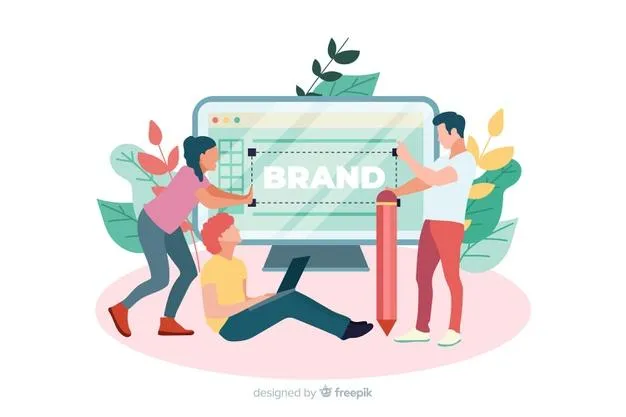Don't stop at a logo – A practical guide to branding for a small business
There’s more to a brand than just the logo. It’s the value proposition behind the brand that conveys what the company and its product stand for that resonates with consumers.

Most small businesses tend to create a logo and some basic packaging and leave it at that. As they cannot afford to hire expensive agencies, they lose out in the marketplace even though they might have a great product. That’s a mistake since in an age of DIY-everything, branding is not an exception.
Here’s a practical guide to help your business hack the branding matrix despite all odds:
1. Define your quintessential buyer(s)
Your brand is catering the needs of a person who might be faceless but definitely has a persona. Make a character sketch of theirs and then you will know how and where to find them.
As platforms like Google and Facebook increasingly become the fulcrum of the ad world, it has become possible to reach your target group at a precision and pace never seen before.
2. Establish brand values
Consumers today seek to associate themselves with a brand that has a belief system they can identify with. Having a brand idea and effectively communicating that story to the audience is what matters. It’s not enough to be selling pickles that taste great. The buyer would like to know if you are an equal opportunity employer or care about a greener Earth.
However, be careful not to indulge in woke-washing if your brand doesn’t actually go the extra mile in working towards the cause. That will make it seem like your brand is bluffing — and insincerity isn’t a value any consumer would reward.
A survey by Nielsen in 2019 revealed that a big chunk of consumers today are open to trying out new brands rather than sticking onto a preferred product. This means there is a huge opportunity for small businesses to dish out innovative products and steal customers away from legacy.
3. Create a visual identity
Apart from the logo, a brand’s visual identity also includes typography, colour palettes, graphics and icons. These elements should be used on packaging, websites, apps, merchandise and business cards to carve a distinctive visual identity for the brand.
4. Communicate your expertise
If you are a small business starting to find your feet in the marketplace, there’s no better way to announce your entry than proffer insights that are not commonplace. Write a blog or start a weekly IGTV session taking questions in your brand’s area of expertise. Consumers are more likely to trust a new brand with their time and money if they believe it knows its onions.

5. Find an authentic tone
Like it’s important for a writer or a singer to find their ‘voice’, brands too need to discover a unique tone that sets them apart in the cluttered marketplace. Your branding and communication could be zesty and quirky, restrained and sophisticated or even sassy and ratchet! The tone sits adjacent to the brand’s values in helping the buyer make an association with you.
6. Don't mimic others
One common branding mistake many small businesses make is ripping off parts of a more successful brand’s identity markers. That’s a complete branding disaster as you have already conceded that you have nothing new to serve up (a lack of original ideas) and wasted money in helping propagate the other brand — as they say imitation is the sincerest form of flattery.
7. Weave a narrative
Humans have an innate need for stories. That’s why the early men painted on cave walls and warriors gathered around a fireplace after a day of fierce battle. Remember that branding at its core is a process of storytelling.
Tell stories about how the brand came into being, how it discovered its mission and the times when it acted like a good samaritan.
8. Maintain consistency
This point encapsulates the previous seven. While doing all of that, there’s a risk that you may veer away from brand identity. Be careful not to dilute the message by telling a lot of different things — aligning all of it with your brand identity is the key as otherwise the efforts might sound out of sync with each other.
Conclusion
Here’s what a Coca-Cola executive once said about its brand equity: ‘If Coca-Cola were to lose all of its production-related assets in a disaster, the company would survive. By contrast, if all consumers were to have a sudden lapse of memory and forget everything related to Coca-Cola, the company would go out of business.
While Coke is a brand worth hundreds of billions of dollars, the wisdom in this quote stands true for any business today, irrespective of its size. The sheer power of branding is that it can obliterate competition even though it offers the customer a marginally better deal. In today’s cut-throat and cluttered marketplace, there’s only one way to rule — branding that sweeps the customer off their feet.
(Disclaimer: The views and opinions expressed in this article are those of the author and do not necessarily reflect the views of YourStory.)









